Many of the singer-songwriters who came after him will tell you that Bob Dylan invented their job including his son Jakob. You can add some our best folk and rock troubadours to that list from John Prine to Leonard Cohen. His example transformed the Beatles and the Stones into songwriters who wrote songs that were about more than romantic love and could be written on adult topics from opposing a war to getting stoned.
The Band, a hardcore R&B and blues Group, mostly from Canada with the exception of Arkansas drummer Levon Helm, weren’t yet writing the songs that put them on the cover of Time Magazine in 1970--after their guitarist, Robbie Robertson learned to write enduring songs such as “The Weight” and “The Night They Drove Old Dixie Down” while The Hawks (later The Band) toured with Dylan. Robertson’s songs, while uniquely his own, followed Dylan’s example, using lyrical wordplay and infusing them with a folk sensibility.
Folk music and rock became something quite different in the 60s. The Bard of Hibbing, Minnesota influenced nearly every singer-songwriter who came after him. The change was so profound that today we hardly notice it. Dylan’s first rock hit, in 1965, “Subterranean Homesick Blues,” while recalling Chuck Berry, is often considered the first “rap song,” even though it proceeded the genre by decades. It’s unlikely there would have been original (and highly successful) writer-performers like Neil Young if Dylan hadn’t paved the way.
When John Hammond, the legendary producer who discovered Bessie Smith, Billie Holiday, Count Basie, Benny Goodman, and so many other great artists, signed him to Columbia Records when he was still underage, only 20. Dylan was barely known as a songwriter at all. His first album, Bob Dylan, had only two original songs, “Song to Woody” a paean to his role model, Woody Guthrie, the composer of “This Land is Your Land, “Pastures of Plenty,” and hundreds of others that paved the way for the musical revolution Dylan led. The album didn’t sell well and people at Columbia began referring to Dylan as “Hammond’s folly.”
Tom Wilson, who produced Dylan’s next two albums took over from John Hammond (who apparently was replaced at the insistence of Dylan’s manager, Albert Grossman) to produce the final Freewheelin' session that recorded additional material. Without it, the album would have had a different feel from the album Columbia pulled on the eve of its release. It made the record an instant classic.
The original version of the album included a handful of songs that didn’t end up on the version of Freewheelin’ that most of us heard. The story, probably a true one, that Columbia pulled the first pressing because it included “Talking John Birch Society Blues,” a song that he was to perform on The Ed Sullivan Show that was scrubbed at the last minute by CBS censors because they feared it might lead to a lawsuit, and Dylan’s response was to refuse to perform at all. Other songs were replaced on Freewheelin’ by more recent songs that Dylan had just written and were part of his evolution as a songwriter: “Masters of War,” “Girl from The North Country,” "Talkin' World War III Blues, "Bob Dylan's Dream").
Singer-songwriter Suzanne Vega, who spoke to Anthony DeCurtis of Rolling Stone about Freewheelin for his book In Other Words: Artists Talk About Life and Work and said: “It’s the most important album in terms of it being his beginning. It’s the one that really announces who he is.”
In an interview from 2000, Van Morrison recalled The Freewheelin' Bob Dylan: "I think I heard it in a record shop in Smith Street. And I just thought it was incredible that this guy's not singing about 'moon in June' and he's getting away with it. That's what I thought at the time. The subject matter wasn't pop songs, ya know, and I thought this kind of opens the whole thing up...Dylan put it into the mainstream that this could be done."
The first LP to feature mostly Dylan originals (11 of 13) was “Freewheelin’.” It contained “Blowin’ in the Wind,” “Don’t Think Twice, It’s All Right,” and other songs that were the foundation of a reputation that eventually led to his Nobel Prize for Literature, an unprecedented achievement for a singer-songwriter. It was a recording that had an unusual beginning because its initial pressing was withdrawn in favor of the official release. It eventually became one of the most valuable rarities in today’s music memorabilia market.
According to Jeff Gold, the founder of Record Mecca, perhaps one of the most interesting music memorabilia sites on the internet, the withdrawn original version of Freewheelin’ is an “ultra rarity. “The original “Freewheelin'” album with the withdrawn tracks is one of the rarest and most valuable records in the world,” Gold said in an article published on his site. “A stereo copy sold for $35,000, and a mint mono copy would likely bring $15,000.”
In the more than 50 years since the release of “Freewheelin’,” very few copies have surfaced that play the four withdrawn tracks–only two stereo copies are known, and fewer than 20 mono copies. No one has yet solved the mystery of why so few copies escaped Columbia’s pressing plants. Gold calls the withdrawn version of Freewheelin’ the most “highly sought-after album we’ve had in 40 years!”
In his 2012 blog, Gold tells us how he acquired the LP: “I searched for a copy for nearly 10 years, finally buying one in the early 80’s for $1000–a huge amount for a record at the time. Last month I finally found a second copy–or it found me. An Arizona woman, Lori, emailed to say she had an original “Freewheelin'” for sale, wondering if I’d be interested. I replied that I was extremely interested, and a few hours later Lori and her husband Ray arrived with the album.”
It's now for sale on Record Mecca. There are other versions of the rare album for sale but few that are an exact match for the original. Others may show the withdrawn songs (“Rocks and Gravel,” “Let Me Die in My Footsteps” “Gamblin’ Willie’s Dead Man’s Hand” “Talkin’ John Birch Blues”) but the pressings only include the replacement songs. It’s also worth noting that Gold has refused offers from bootleggers who wanted the material for their own illegal use.
According to savetheviny.org, Columbia mistakenly believed they had destroyed all of the copies of the original pressing. Some copies evidently managed to reach the market and radio stations. Record Mecca reported that only two stereo copies of the withdrawn album and “fewer than 20 copies of the mono version of “this extremely rare album have surfaced.”
According to the Vinyl Factory’s website, “a handful of mono copies were found in Southern California in the ’60s but it was only in 1992 that a stereo copy was discovered at a church thrift shop in New York City. Only two stereo copies are known to exist, one of which previously sold for $35,000.”
David Eckstrom of Forever Young Records in Texas purchased the first stereo copy when it was listed in Goldmine Magazine in 1992. Now over two decades on, he’s auctioning the record on eBay with an opening bid of $100,000. It’s a price I’d pay if I had the money. It’s anyone’s guess how much it will be worth in the future.

The Band, a hardcore R&B and blues Group, mostly from Canada with the exception of Arkansas drummer Levon Helm, weren’t yet writing the songs that put them on the cover of Time Magazine in 1970--after their guitarist, Robbie Robertson learned to write enduring songs such as “The Weight” and “The Night They Drove Old Dixie Down” while The Hawks (later The Band) toured with Dylan. Robertson’s songs, while uniquely his own, followed Dylan’s example, using lyrical wordplay and infusing them with a folk sensibility.
Folk music and rock became something quite different in the 60s. The Bard of Hibbing, Minnesota influenced nearly every singer-songwriter who came after him. The change was so profound that today we hardly notice it. Dylan’s first rock hit, in 1965, “Subterranean Homesick Blues,” while recalling Chuck Berry, is often considered the first “rap song,” even though it proceeded the genre by decades. It’s unlikely there would have been original (and highly successful) writer-performers like Neil Young if Dylan hadn’t paved the way.
When John Hammond, the legendary producer who discovered Bessie Smith, Billie Holiday, Count Basie, Benny Goodman, and so many other great artists, signed him to Columbia Records when he was still underage, only 20. Dylan was barely known as a songwriter at all. His first album, Bob Dylan, had only two original songs, “Song to Woody” a paean to his role model, Woody Guthrie, the composer of “This Land is Your Land, “Pastures of Plenty,” and hundreds of others that paved the way for the musical revolution Dylan led. The album didn’t sell well and people at Columbia began referring to Dylan as “Hammond’s folly.”
Tom Wilson, who produced Dylan’s next two albums took over from John Hammond (who apparently was replaced at the insistence of Dylan’s manager, Albert Grossman) to produce the final Freewheelin' session that recorded additional material. Without it, the album would have had a different feel from the album Columbia pulled on the eve of its release. It made the record an instant classic.
The original version of the album included a handful of songs that didn’t end up on the version of Freewheelin’ that most of us heard. The story, probably a true one, that Columbia pulled the first pressing because it included “Talking John Birch Society Blues,” a song that he was to perform on The Ed Sullivan Show that was scrubbed at the last minute by CBS censors because they feared it might lead to a lawsuit, and Dylan’s response was to refuse to perform at all. Other songs were replaced on Freewheelin’ by more recent songs that Dylan had just written and were part of his evolution as a songwriter: “Masters of War,” “Girl from The North Country,” "Talkin' World War III Blues, "Bob Dylan's Dream").
Singer-songwriter Suzanne Vega, who spoke to Anthony DeCurtis of Rolling Stone about Freewheelin for his book In Other Words: Artists Talk About Life and Work and said: “It’s the most important album in terms of it being his beginning. It’s the one that really announces who he is.”
In an interview from 2000, Van Morrison recalled The Freewheelin' Bob Dylan: "I think I heard it in a record shop in Smith Street. And I just thought it was incredible that this guy's not singing about 'moon in June' and he's getting away with it. That's what I thought at the time. The subject matter wasn't pop songs, ya know, and I thought this kind of opens the whole thing up...Dylan put it into the mainstream that this could be done."
The first LP to feature mostly Dylan originals (11 of 13) was “Freewheelin’.” It contained “Blowin’ in the Wind,” “Don’t Think Twice, It’s All Right,” and other songs that were the foundation of a reputation that eventually led to his Nobel Prize for Literature, an unprecedented achievement for a singer-songwriter. It was a recording that had an unusual beginning because its initial pressing was withdrawn in favor of the official release. It eventually became one of the most valuable rarities in today’s music memorabilia market.
According to Jeff Gold, the founder of Record Mecca, perhaps one of the most interesting music memorabilia sites on the internet, the withdrawn original version of Freewheelin’ is an “ultra rarity. “The original “Freewheelin'” album with the withdrawn tracks is one of the rarest and most valuable records in the world,” Gold said in an article published on his site. “A stereo copy sold for $35,000, and a mint mono copy would likely bring $15,000.”
In the more than 50 years since the release of “Freewheelin’,” very few copies have surfaced that play the four withdrawn tracks–only two stereo copies are known, and fewer than 20 mono copies. No one has yet solved the mystery of why so few copies escaped Columbia’s pressing plants. Gold calls the withdrawn version of Freewheelin’ the most “highly sought-after album we’ve had in 40 years!”
In his 2012 blog, Gold tells us how he acquired the LP: “I searched for a copy for nearly 10 years, finally buying one in the early 80’s for $1000–a huge amount for a record at the time. Last month I finally found a second copy–or it found me. An Arizona woman, Lori, emailed to say she had an original “Freewheelin'” for sale, wondering if I’d be interested. I replied that I was extremely interested, and a few hours later Lori and her husband Ray arrived with the album.”
It's now for sale on Record Mecca. There are other versions of the rare album for sale but few that are an exact match for the original. Others may show the withdrawn songs (“Rocks and Gravel,” “Let Me Die in My Footsteps” “Gamblin’ Willie’s Dead Man’s Hand” “Talkin’ John Birch Blues”) but the pressings only include the replacement songs. It’s also worth noting that Gold has refused offers from bootleggers who wanted the material for their own illegal use.
According to savetheviny.org, Columbia mistakenly believed they had destroyed all of the copies of the original pressing. Some copies evidently managed to reach the market and radio stations. Record Mecca reported that only two stereo copies of the withdrawn album and “fewer than 20 copies of the mono version of “this extremely rare album have surfaced.”
According to the Vinyl Factory’s website, “a handful of mono copies were found in Southern California in the ’60s but it was only in 1992 that a stereo copy was discovered at a church thrift shop in New York City. Only two stereo copies are known to exist, one of which previously sold for $35,000.”
David Eckstrom of Forever Young Records in Texas purchased the first stereo copy when it was listed in Goldmine Magazine in 1992. Now over two decades on, he’s auctioning the record on eBay with an opening bid of $100,000. It’s a price I’d pay if I had the money. It’s anyone’s guess how much it will be worth in the future.

Bob Dylan with then girlfriend Suze Rotelo who appeared on the cover of the album.


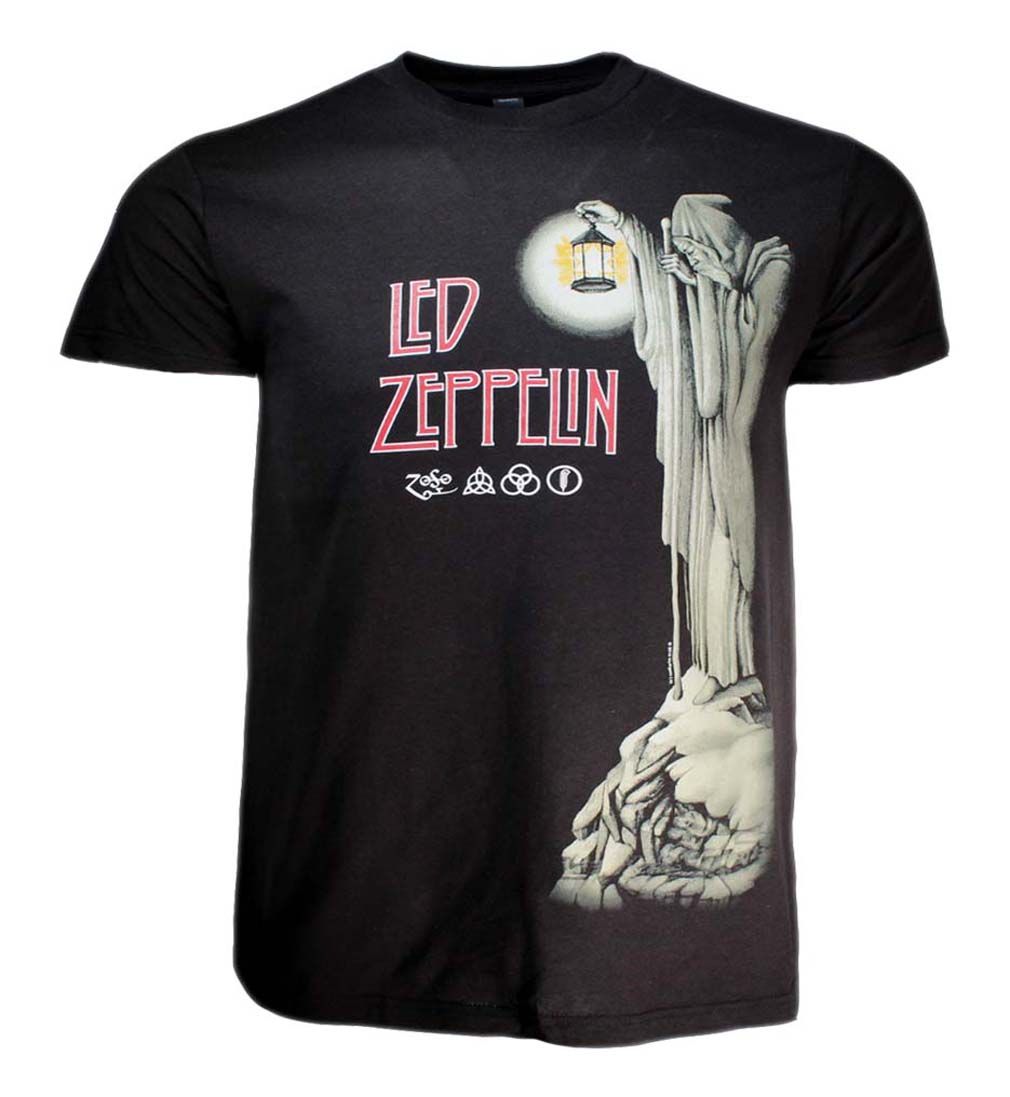
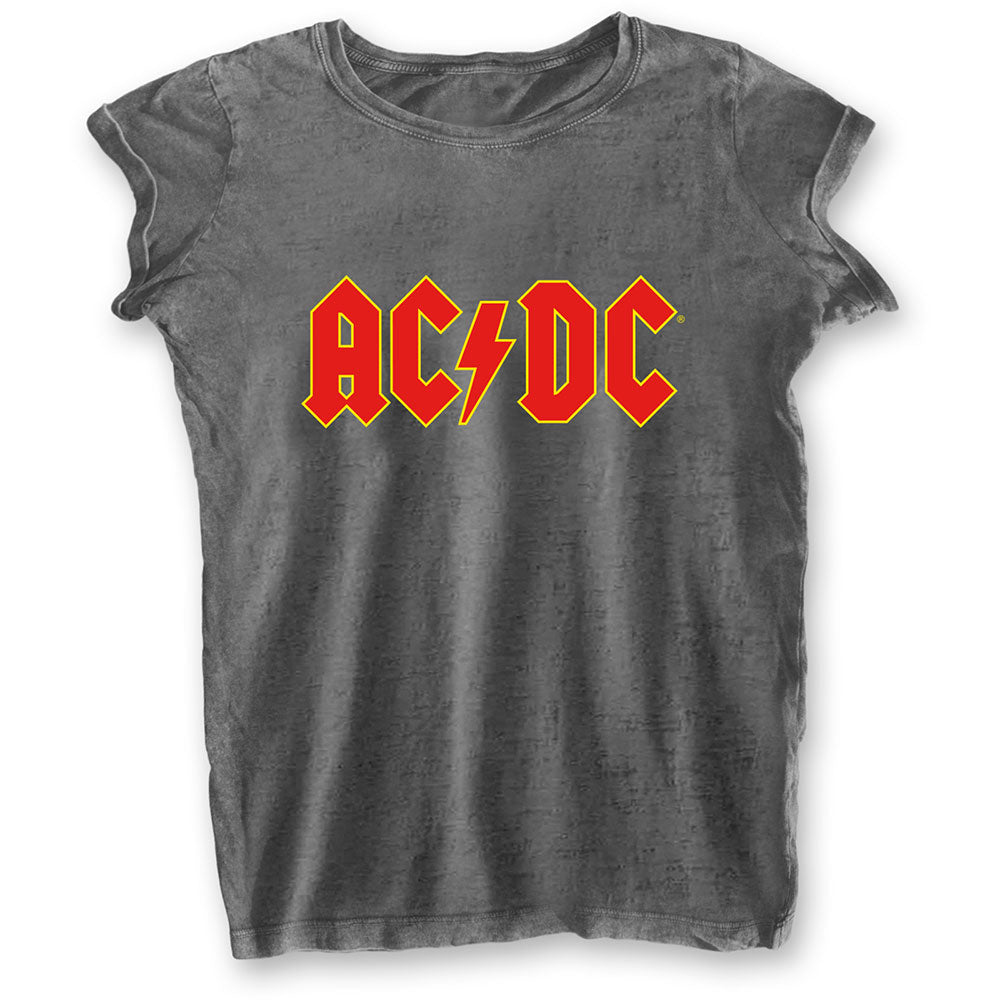
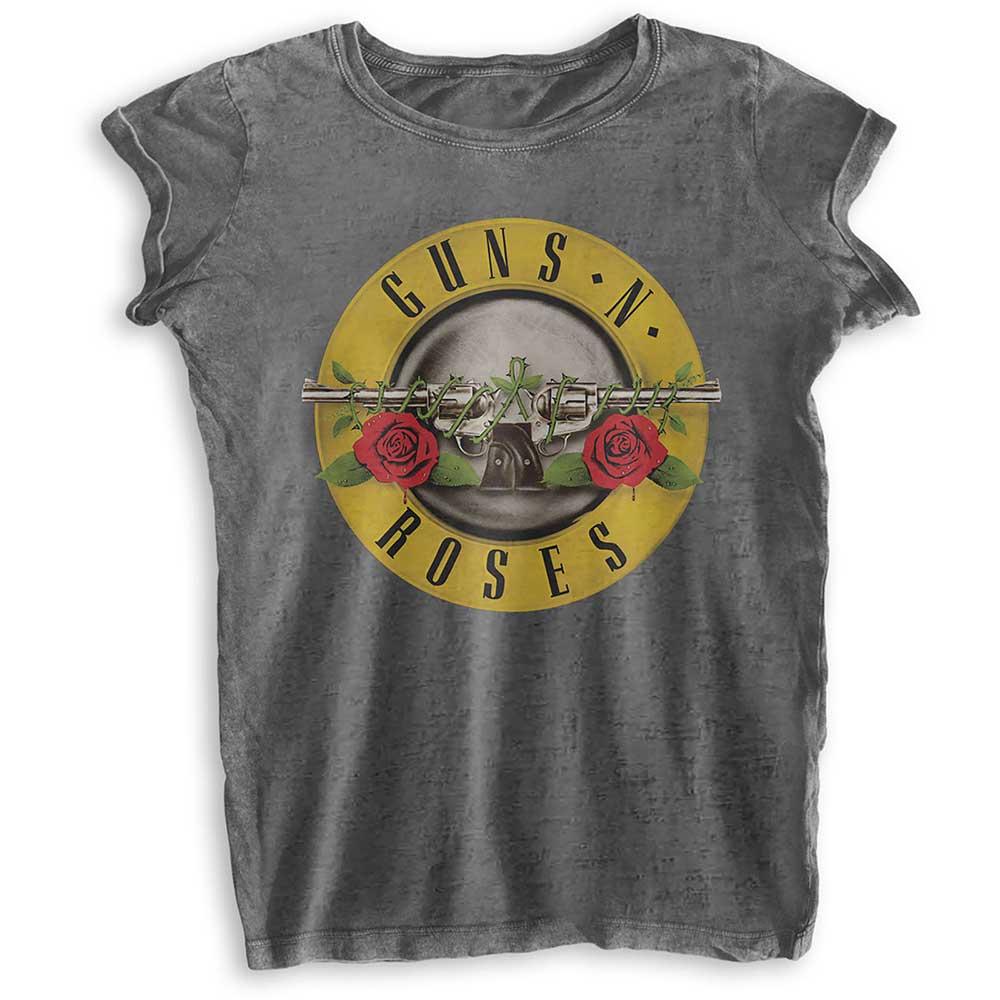









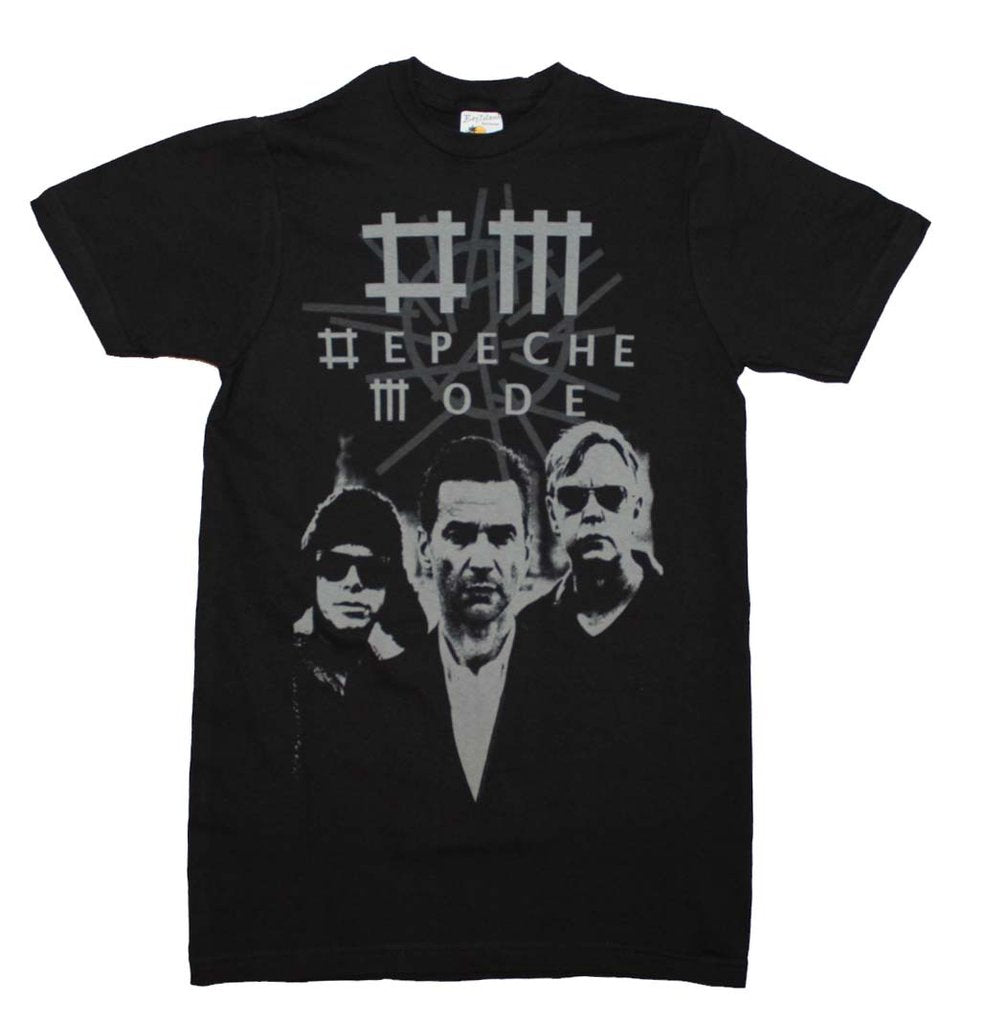

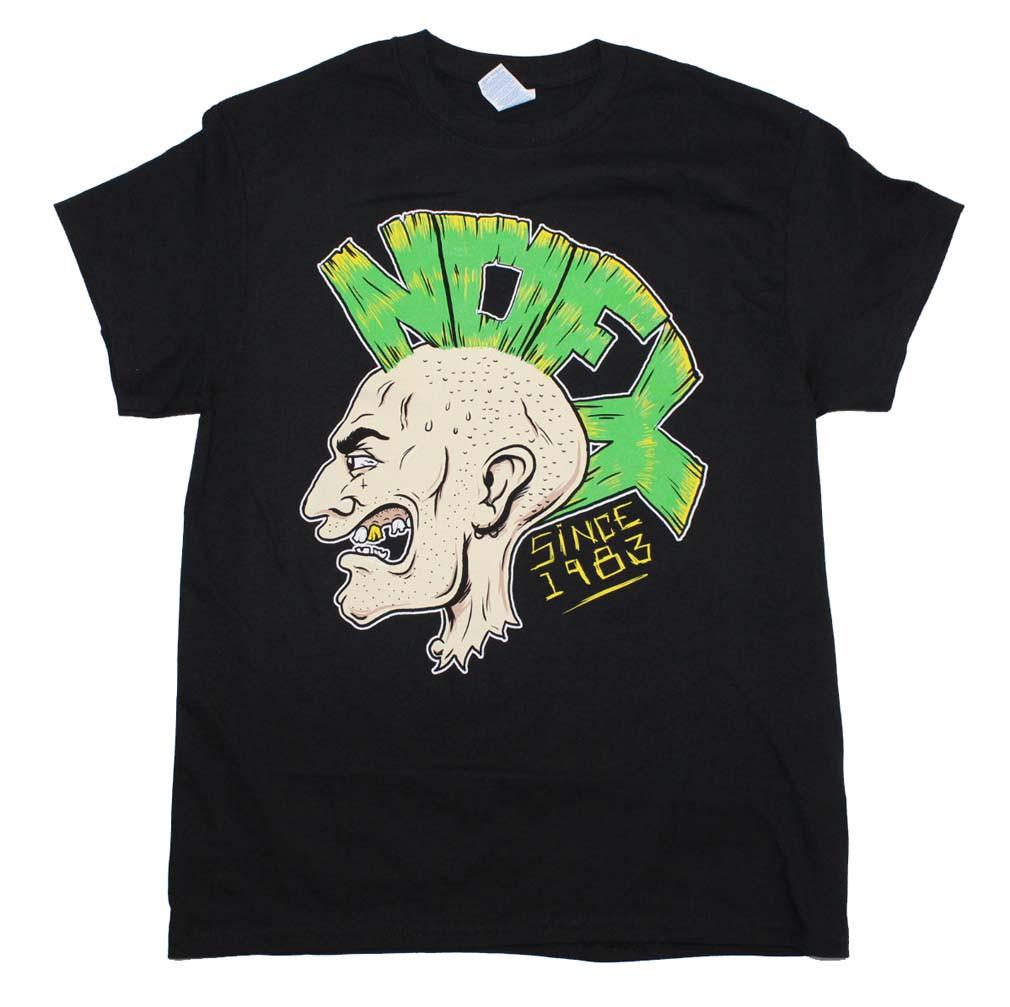
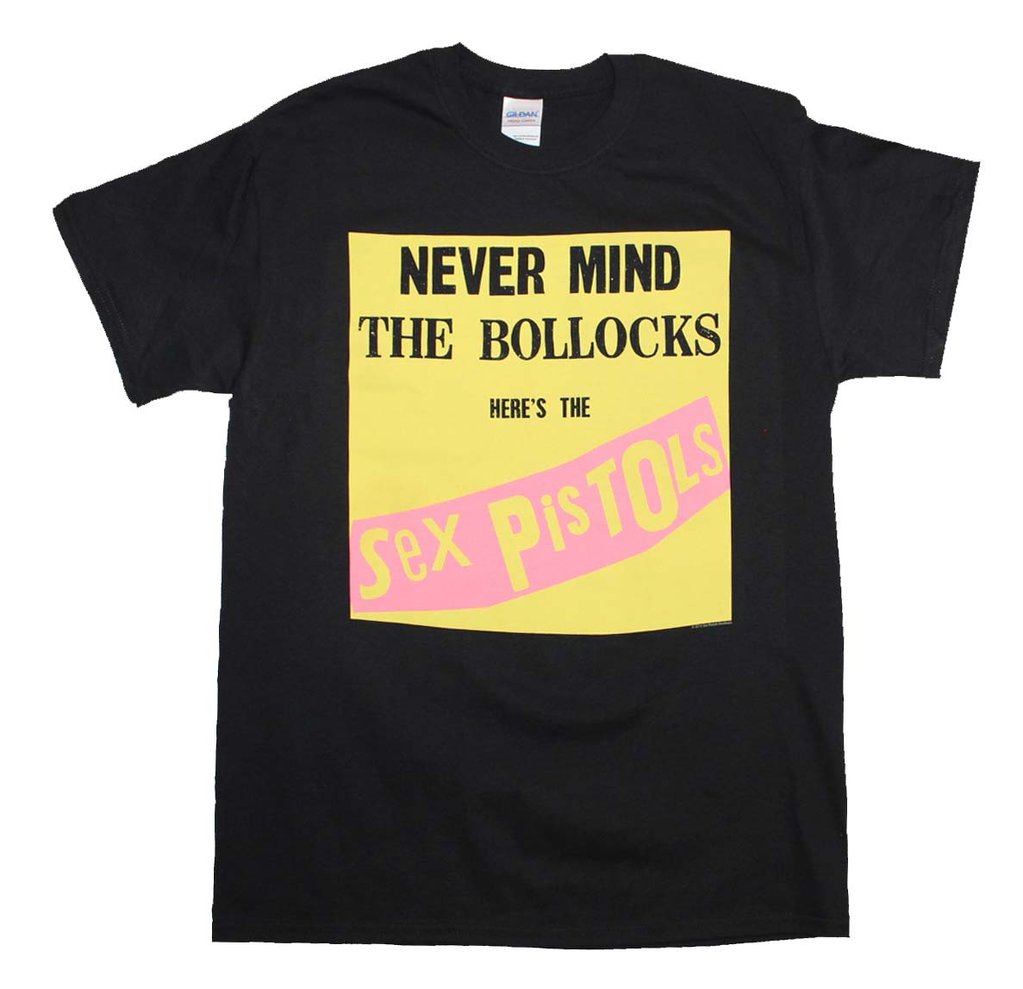
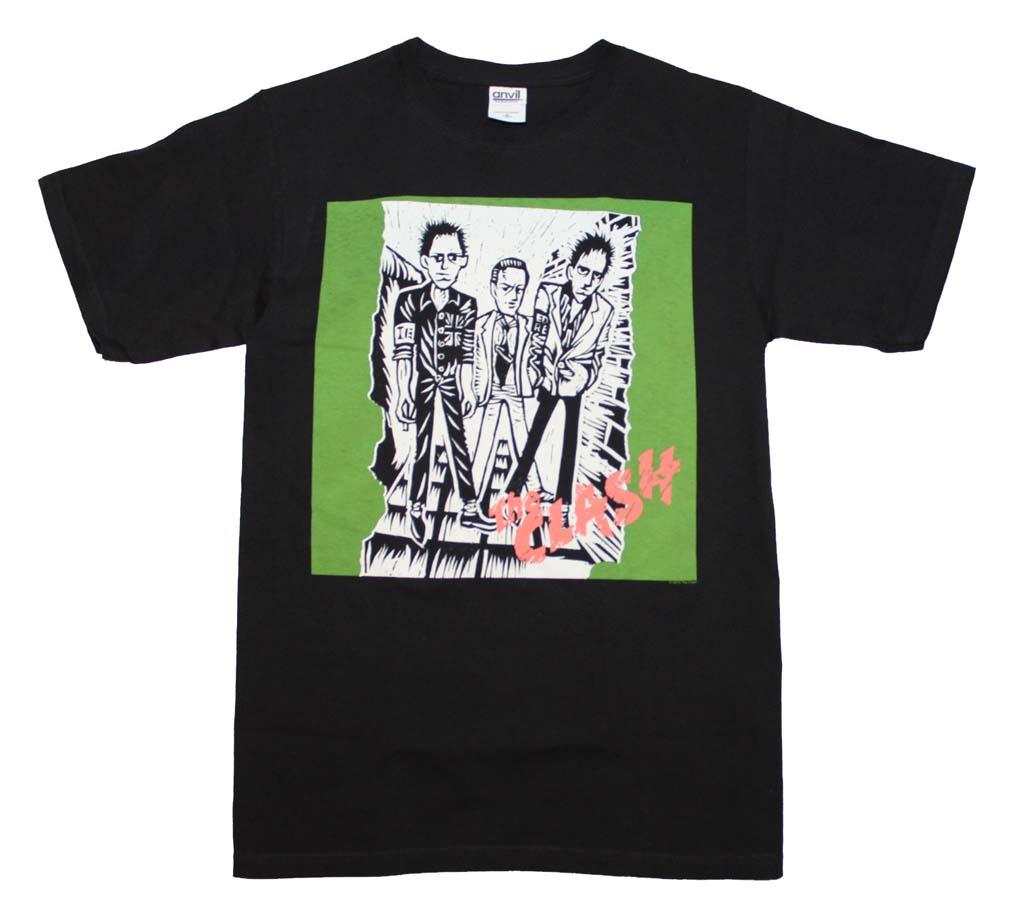

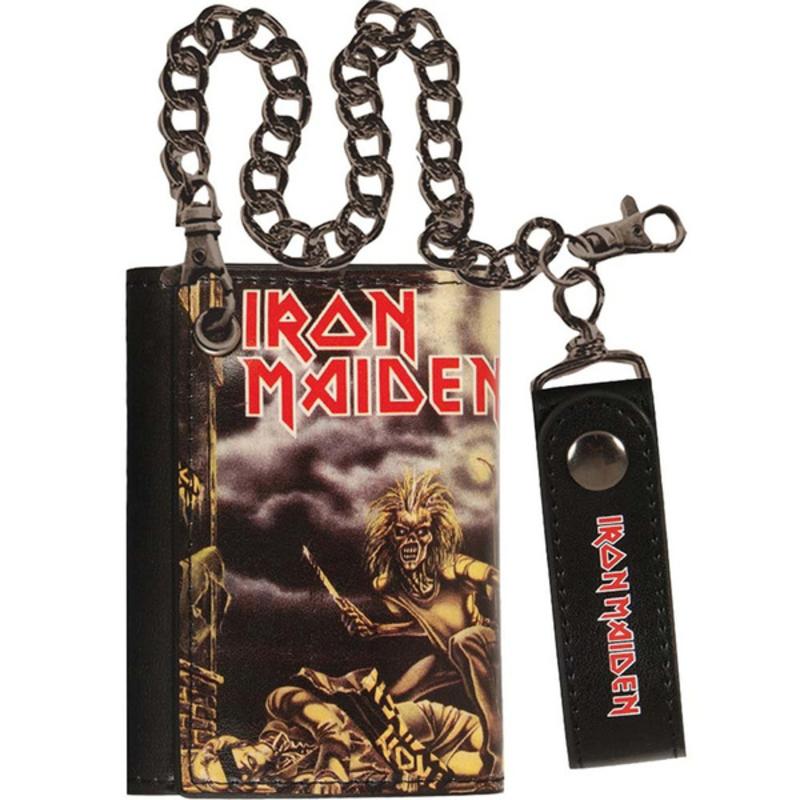


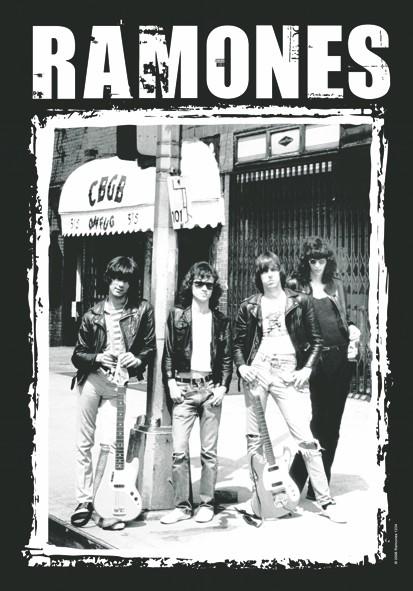
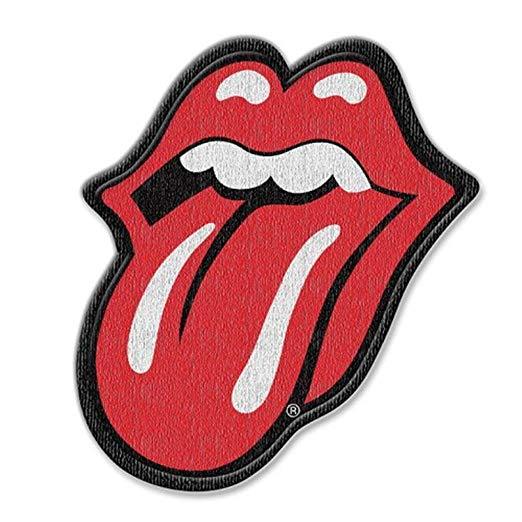

Comments
0 comments